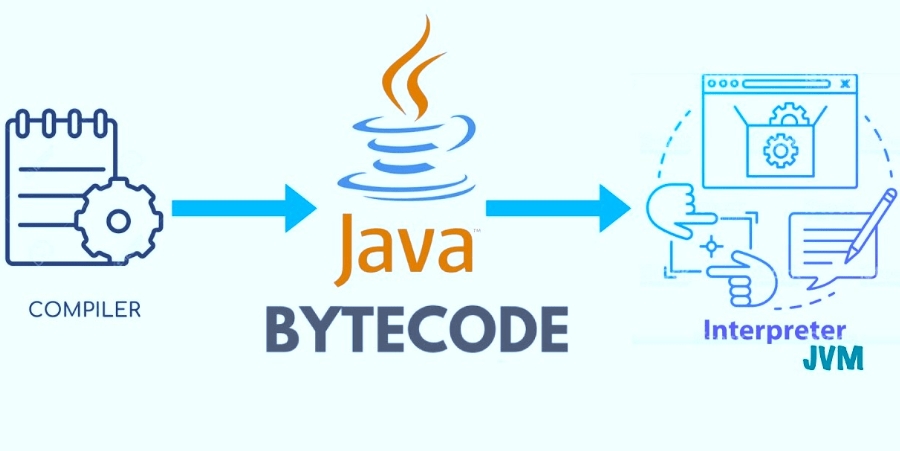 宅哥聊构架 后端
2024-11-21
宅哥聊构架 后端
2024-11-21

开发的时候我发现个问题,就是在学习玩streamAPI和lambda表达式后,我就变得越来越喜欢直接使用streamAPI,而不是使用for循环这种方式了,但是这种方式也有一定的缺点,但是直到某一次代码review,我的同事点醒了我,“小火汁,你的stream流写的是挺好,但是问题是为什么从同一个源取相似的对象,要分别写两次stream,你不觉得有点多余了吗?程序员不只是写代码,反而是最初的设计阶段就要把全局流程想好,要避免再犯这种错误哦~”,这句话点醒了我,所以我打算先看一下stream遍历、for循环、增强for循环、迭代器遍历、并行流parallel stream遍历的时间消耗,查看一下这几种方式的异同。
此时我们先准备一个类java
代码解读复制代码@Data
@Accessors(chain = true)
@AllArgsConstructor
@NoArgsConstructor
class Item {
private Integer name;
private Integer value;
}
代码解读复制代码list.stream().collect(Collectors.toMap(Item::getName, Item::getValue, (newValue, oldValue) -> newValue))
代码解读复制代码List<Item> collect = list.stream().filter(x -> x.getValue() > 50).collect(Collectors.toList());
代码解读复制代码Map<Integer, Integer> collect = list.stream().collect(Collectors.toMap(Item::getName, Item::getValue, (newValue, oldValue) -> newValue));
Map<Integer, Integer> collect3 = list.stream().collect(Collectors.toMap(Item::getName, Item::getValue, (newValue, oldValue) -> newValue));
代码解读复制代码List<Integer> collect = list.stream().map(Item::getValue).collect(Collectors.toList());
代码解读复制代码 List<Item> collect1 = list.stream().parallel().map(x -> {
Integer temp = x.getName();
x.setName(x.getValue());
x.setValue(temp);
return x;
}).collect(Collectors.toList());

1、10、100主要是业务决定的,实际代码编写中这块的数据量是占大头的,10_000,100_000是因为为了查看实际的大数据量情况下的效果。
结果结论如下: